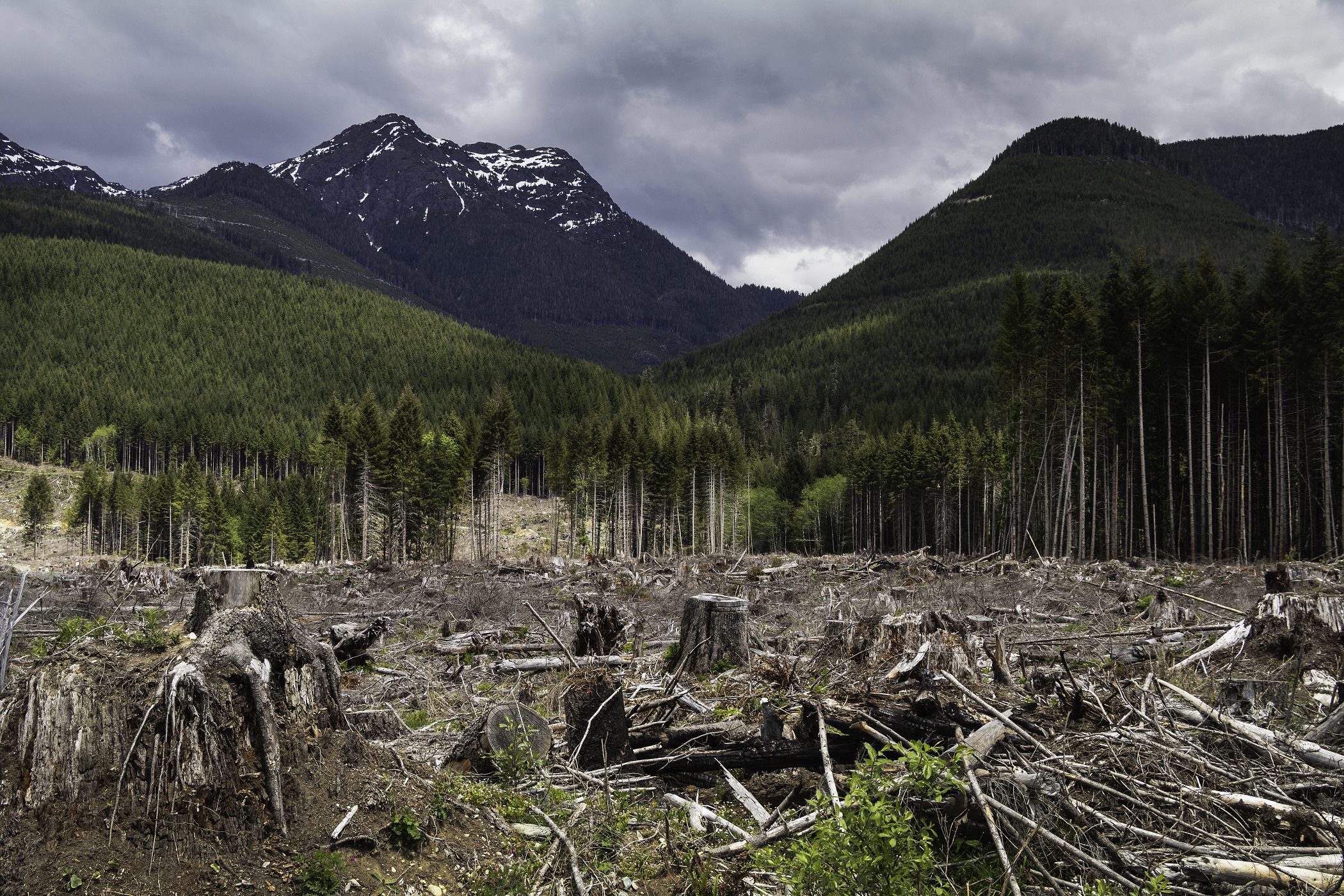The Canadian boreal forest is an incredible ally in the fight against climate change. In addition to being rich in its diversity of animals and plants, the boreal is also a massive carbon vault, storing twice as much carbon as the entire globe’s recoverable oil reserves. That’s more carbon than any other forest on the planet, and nearly twice as much carbon per acre as tropical forests such as the Amazon.
That’s what makes it so important that Canada implements strong measures to protect boreal forests from industrial logging, oil and gas development, and other industrial activities, and restore areas of the boreal that have been degraded. The challenges and solutions related to this endeavour have been documented in a new report by Environmental Defence, Nature Canada and Natural Resources Defense Council (NRDC).
The Canadian government has made meaningful and encouraging commitments around nature-based climate solutions. By 2030 the government wants to plant two billion additional trees, protect 30 per cent of Canada’s lands and oceans, and achieve 30 million tonnes of greenhouse gas (GHG) reductions.
However, the government has left significant policy gaps that undermine its efforts on climate change and threaten the boreal’s essential role in climate mitigation. There are two main barriers that need to be overcome:
- Inaccurate accounting of carbon emissions from industrial logging: Canada relies on a carbon model that omits or downplays significant logging impacts, underestimating net emissions from forests. This allows the forest industry to continue its practices, and even to claim that industrial logging is climate friendly. Most significantly, Canada has not accounted for the fact that many forests do not fully recover from industrial logging and its associated impacts on ecosystem carbon.
- No regulation to reduce the logging industry’s carbon emissions: Canada’s national carbon tax, the Greenhouse Gas Pollution Pricing Act, is critical in reining in the fossil fuel industry’s emissions, but the absence of a similar measure for the logging industry leaves a vast carbon source unmitigated. Taxing carbon emissions from forestry could serve as a powerful incentive for the industry to adopt climate-friendlier practices and avoid carbon-rich forest areas.

Closing these logging loopholes will not only benefit the climate but will protect unique and treasured species and ecosystems. Our report recommends ways that can help Canada achieve its climate commitments. They include:
- Accounting for the logging industry’s emissions: The federal government must accurately monitor the significant pulse of carbon emissions that occurs when a forest is logged, the reduced ability of second-growth forests to sequester carbon compared to intact forests, and the areas (forest roads, for example) that are permanently deforested after logging.
- Regulating and taxing the logging industry’s emissions: Applying the federal carbon price to forestry emissions would give incentives to forestry companies to avoid logging in high-carbon forests and adopt climate-friendly forest management practices in non-intact forests. Revenue generated should then be invested back into funding Indigenous-led land management (see below) and helping communities transition to more sustainable forestry: adopting longer harvest rotations, relying more on selective harvesting, and facilitating regeneration centered on biodiversity and climate considerations.
- Protecting intact forests: Canada has made an important commitment to protect 17 per cent of its lands and inland waters by 2020, 25 per cent of its lands by 2025, and 30 per cent by 2030. With less than ten per cent of the boreal forest currently protected, Canada needs to make the protection of intact, carbon-rich forests a central element of meeting these commitments. While Canada’s commitment to tree planting and forest restoration is important, tree planting does not by itself mitigate the damage done by clearcutting of intact forests.
- Embracing Indigenous-led land management: Strong Indigenous land rights are not only critical to Indigenous self-determination, but are also correlated with better protections for forest carbon and healthier forest ecosystems, including higher biodiversity. The Canadian government has taken positive, initial steps to support Indigenous leadership, including funding a pilot Indigenous Guardians Network and up to 67 Indigenous-led protection initiatives. Though significant, this funding is a fraction of what Indigenous communities need to safeguard their traditional territories and manage the remaining intact boreal forests.
As the Canadian government pursues a more resilient, just, sustainable future, it will need to prioritize the protection of the boreal forest’s value for the climate. Doing so means protecting remaining intact and primary forests and, where industrial logging does occur, incentivizing climate-friendlier practices. And it means other important benefits, such as advancing Indigenous reconciliation and protecting biodiversity. These recommendations can also be included as part of a green recovery, as each presents opportunities for jobs and economic stimulus.








